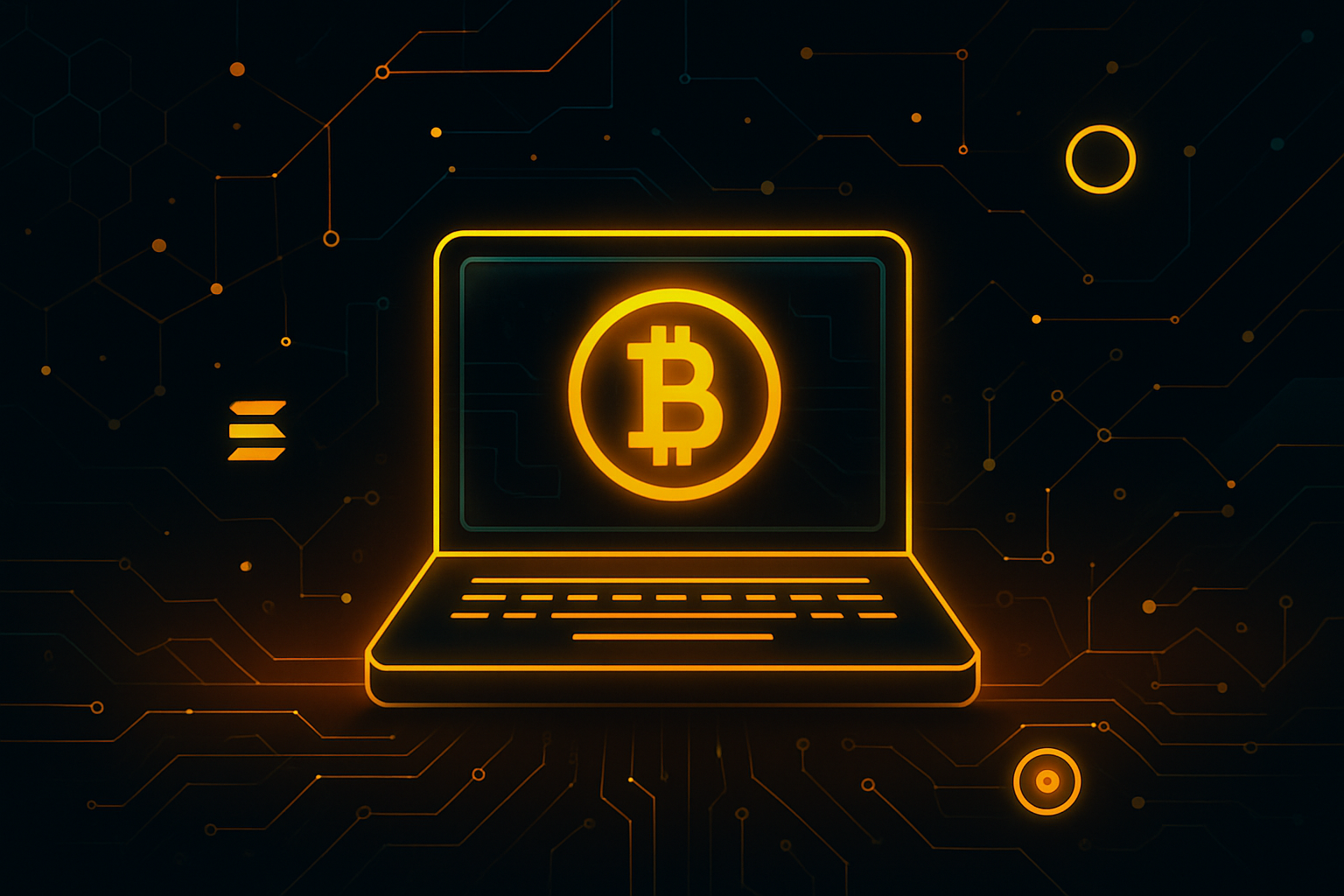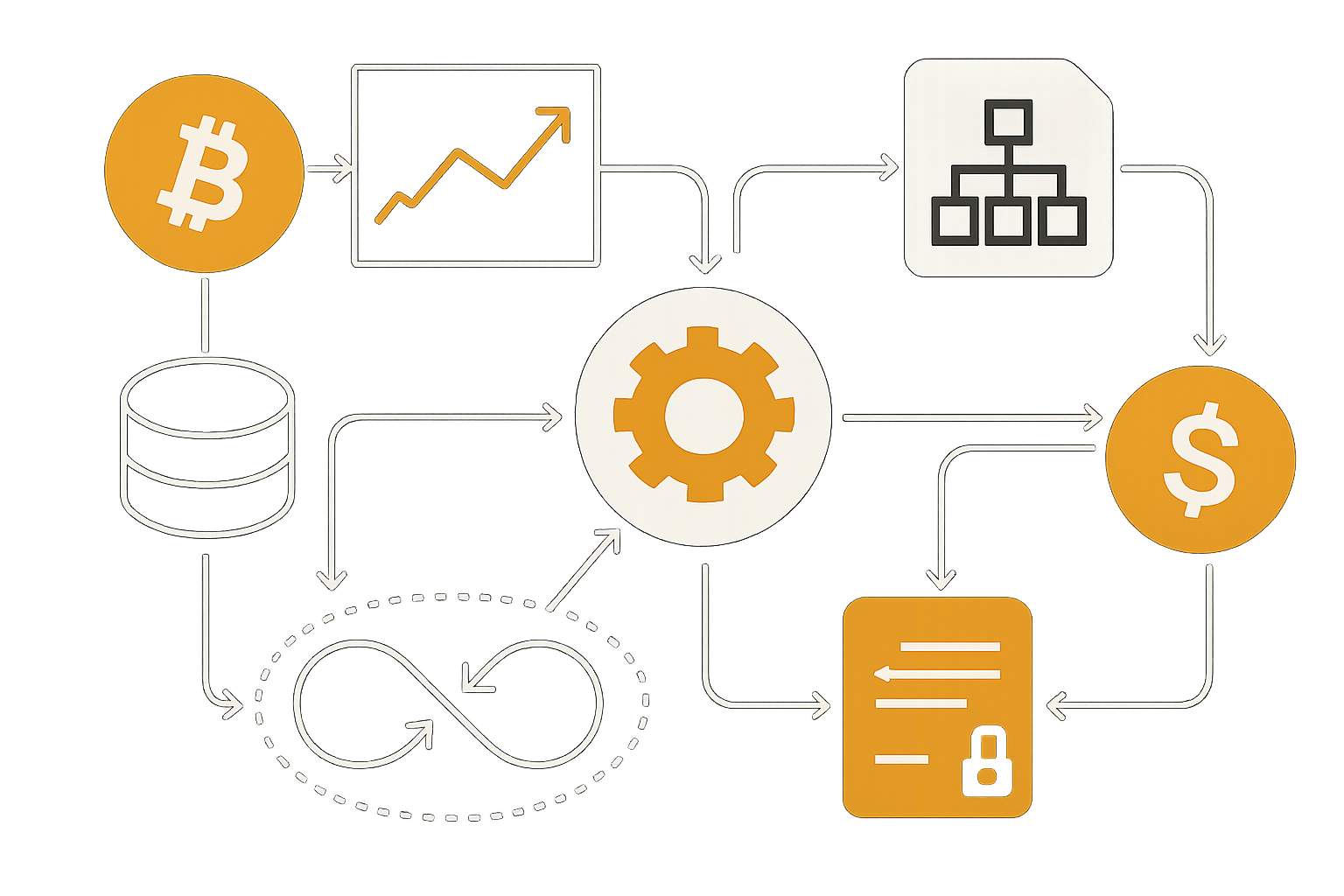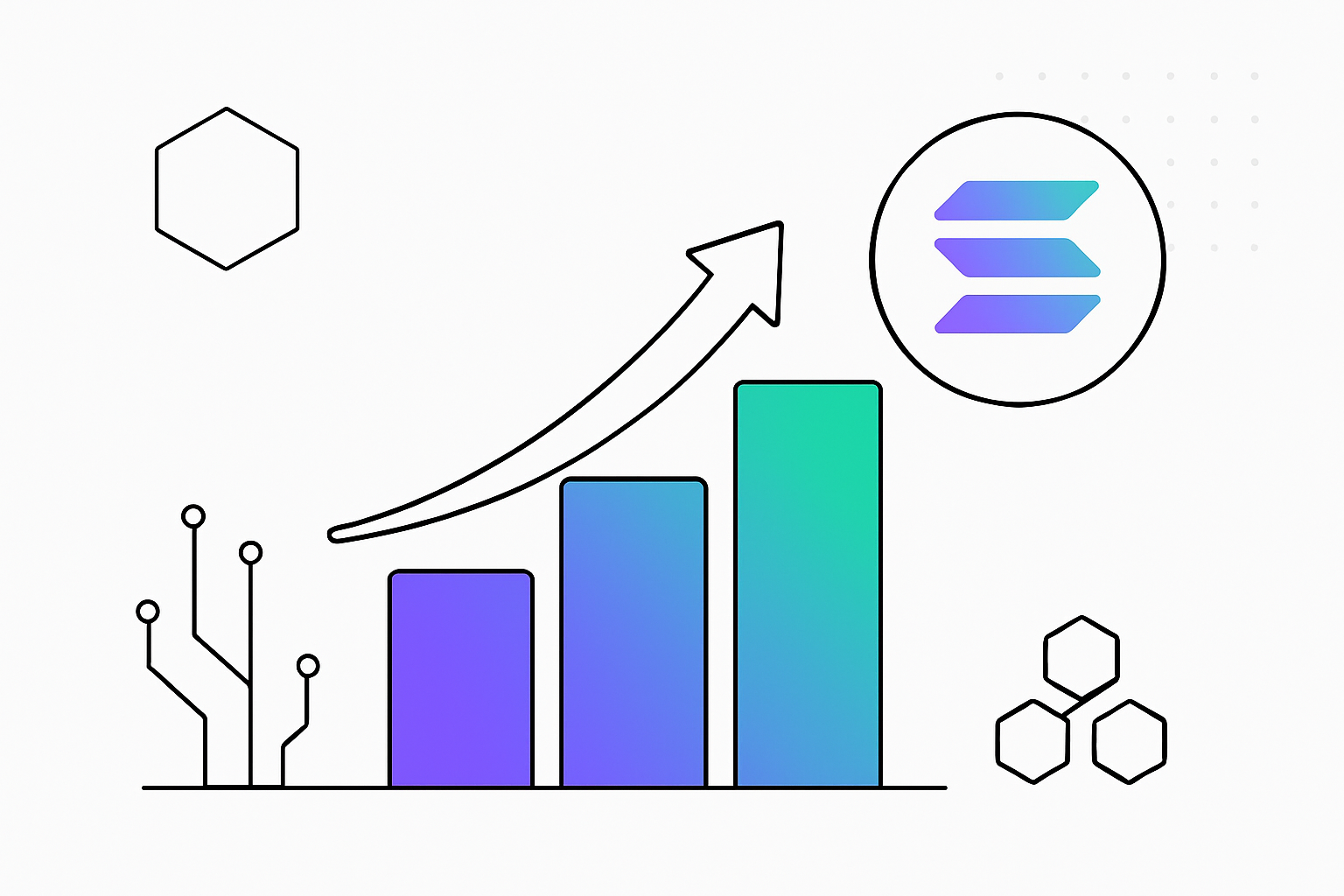How Solana Achieved 100,000 TPS: Visual Analysis of the October 2025 Network Surge

Solana has long been the poster child for high-performance blockchains, but in August 2025, it broke its own speed records. The network briefly soared to a staggering 107,540 transactions per second (TPS) during a live stress test, an achievement that left even Solana skeptics raising an eyebrow. This wasn’t just theoretical throughput on paper. It was a real-world demonstration of what the Solana network can handle under fire, and it has major implications for everything from DeFi to NFT gaming.
Solana’s 100K TPS Milestone: What Really Happened?
Let’s cut through the noise: Solana’s headline-grabbing 100K TPS wasn’t just a marketing stunt. During the August stress test, validators processed blocks packed with lightweight ‘noop’ program instructions, essentially empty transactions used to push the limits of the chain’s capacity without clogging up the ledger with junk data. According to CoinDesk, this surge proved that Solana’s core infrastructure can handle bursts of traffic previously thought impossible for monolithic blockchains.
Of course, there’s nuance here: the “real” user-facing TPS, what you’d actually see from payments, swaps, or game actions, averages closer to 1,000 TPS according to Cointelegraph. Still, the ability to scale up by orders of magnitude during peak demand is a massive flex for the ecosystem.
Visualizing the Surge: How Did Solana Get There?
The road to 100K TPS wasn’t paved overnight. Solana’s architecture is fundamentally different from modular chains like Ethereum’s rollup-centric roadmap. Instead of splitting execution across layers, Solana keeps consensus and execution tightly coupled, think of it as one supercharged engine rather than several smaller ones working in tandem.
The magic sauce? The Agave client upgrade and ongoing improvements in validator hardware efficiency. During the stress event, Agave managed a sixfold increase in peak traffic by optimizing how blocks are built and propagated across the network. This allowed validators to process thousands of transactions in parallel without bottlenecks, a feat that modular chains are still chasing in practice.
Key Upgrades Powering Solana’s 100K TPS Surge
-

Agave Client: Solana’s Agave validator client introduced a highly optimized codebase and parallelized transaction processing, enabling the network to efficiently manage massive surges in activity. During the August 2025 stress test, Agave handled 6x peak traffic, helping Solana reach over 107,000 TPS—a new industry milestone.
-

Validator Hardware Upgrades: Leading validators upgraded to high-performance server hardware with faster CPUs, increased RAM, and NVMe storage. This hardware boost allowed nodes to process larger blocks and higher transaction volumes, directly contributing to Solana’s record-breaking throughput.
-

Block Propagation Improvements: Solana implemented enhanced block propagation protocols, reducing latency and improving block distribution across the network. These upgrades minimized bottlenecks, ensuring that even during stress tests, blocks reached validators rapidly and securely.
-

Optimized Transaction Scheduling: New algorithms for parallel transaction scheduling allowed Solana to maximize hardware utilization and minimize processing delays. By efficiently grouping and executing non-conflicting transactions, the network achieved unprecedented throughput.
Solana Network Stats: Contextualizing the Numbers
It’s tempting to see “100K TPS” and assume every DEX swap or NFT mint is now instant. In reality, most activity hovers around 1,000 user-facing TPS for payments and dApps, with “true TPS” (excluding vote transactions) at about 952 according to Solscan data cited by MEXC. The stress test proved that when push comes to shove, think massive liquidation events or NFT drops, Solana can absorb surges without breaking a sweat.
Meanwhile, institutional interest is hitting new highs: Solana products have seen over $1 billion in inflows in 2025 alone (CoinMarketCap), and ETF rumors are swirling as October approaches. Despite recent bearish pressure and a current price of $183.28, sentiment remains bullish for Solana’s long-term adoption, especially if these performance milestones keep stacking up.
Solana (SOL) Price Prediction 2026-2031
Based on technical analysis, network performance (100,000 TPS milestone), and current market conditions as of October 2025.
| Year | Minimum Price | Average Price | Maximum Price | Annual Change (%) (Avg) | Key Scenario/Insight |
|---|---|---|---|---|---|
| 2026 | $120.00 | $185.00 | $260.00 | +1% | ETF approval & continued institutional inflows support price, but macro uncertainty keeps volatility high |
| 2027 | $110.00 | $210.00 | $340.00 | +14% | Scaling adoption, DeFi/NFT growth, possible network competition emerges |
| 2028 | $140.00 | $265.00 | $410.00 | +26% | Bullish cycle, broader adoption, strong tech upgrades (real-world TPS improvement) |
| 2029 | $170.00 | $315.00 | $495.00 | +19% | Regulatory clarity, ETF/spot product expansion, increased enterprise use |
| 2030 | $220.00 | $375.00 | $590.00 | +19% | Major adoption milestones, stable network, possible Layer-2 integration |
| 2031 | $280.00 | $450.00 | $700.00 | +20% | Widespread mainstream use, Solana as leading high-TPS chain, but risk of new competitors |
Price Prediction Summary
Solana’s price outlook from 2026 to 2031 is moderately bullish, reflecting both its technical achievements (notably the 100,000 TPS milestone) and the broader trends in crypto adoption. While short-term volatility remains due to regulatory and macroeconomic factors, long-term prospects are strong if Solana maintains its technical edge and adoption grows. The minimum price scenario considers bear market risks and competition, while the maximum price reflects a bullish trajectory with successful ETF launches and network utility expansion.
Key Factors Affecting Solana Price
- Network scalability and sustained real-world TPS improvements
- Regulatory developments (e.g., ETF approvals, SEC stance)
- Adoption in DeFi, NFTs, and institutional investment growth
- Competition from other high-throughput blockchains
- Macro market cycles (crypto bull/bear markets)
- Technological innovations (Layer-2, interoperability, new use cases)
Disclaimer: Cryptocurrency price predictions are speculative and based on current market analysis.
Actual prices may vary significantly due to market volatility, regulatory changes, and other factors.
Always do your own research before making investment decisions.
Solana’s 100K TPS moment isn’t just a technical flex, it’s a wake-up call for the entire blockchain industry. While modular chains tout theoretical scaling via rollups and shared security, Solana’s monolithic approach just delivered a live demonstration at scale. The implications ripple far beyond the headline number, especially for high-volume use cases like NFT mints, DeFi trading, and on-chain gaming economies.

For developers, the takeaway is clear: Solana’s infrastructure is now robust enough to support real-time, latency-sensitive applications. That means smoother gameplay for Solana games, snappier swaps on DEXs, and less friction for retail users onboarding via mobile wallets. The Agave client and hardware upgrades aren’t just incremental, they signal that Solana’s roadmap is aligned with the needs of both retail and institutional players.
Solana vs. Modular Blockchains: Who Wins on Throughput?
Let’s zoom out for a second. Ethereum’s rollup-centric future is all about modularity and shared execution, but rollups still face bridging delays, fragmented liquidity, and inconsistent user experiences. Solana, by contrast, offers a single, unified environment where composability is native and throughput is proven, not hypothetical. The August surge put Solana at the top of Chainspect’s real-time TPS leaderboard, with a 1-hour average of 4,800 tx/s and peaks blowing past even the most optimistic projections for modular competitors.
Of course, there’s no silver bullet in blockchain design. Solana’s approach comes with its own tradeoffs, higher hardware requirements for validators, a steeper learning curve for developers, and the ever-present challenge of balancing speed with decentralization. Still, the network’s ability to weather sixfold traffic spikes during massive events is a testament to its resilience and future-proofing.
What’s Next for Solana? Adoption, Price, and Ecosystem Growth
With institutional inflows topping $1 billion in 2025 and ETF chatter heating up, Solana’s real challenge is translating raw throughput into sticky adoption. Projects building on Solana now have the confidence to launch ambitious products without worrying about network congestion or slowdowns during viral moments. For memecoins and NFT gaming, this opens the door to entirely new on-chain experiences, think real-time leaderboards, instant auctions, and frictionless microtransactions.
Price-wise, Solana is currently trading at $183.28, down from a 24h high of $224.20 and a low of $152.85. Volatility is par for the course in crypto, but these network milestones are laying the groundwork for future bullish catalysts. If ETF approval lands in October and user-facing TPS continues to climb, SOL could see renewed momentum despite short-term market jitters.
The bottom line: Solana’s 100K TPS milestone isn’t just a number, it’s a signal that the network is ready for mainstream-scale adoption. Whether you’re a developer, trader, or just Solana-curious, keep an eye on how these breakthroughs translate into real-world applications as we head into 2026. Stay curious, stay nimble.





